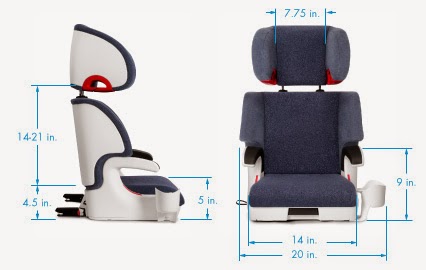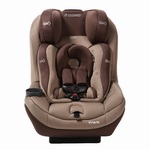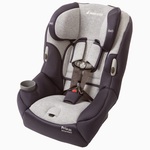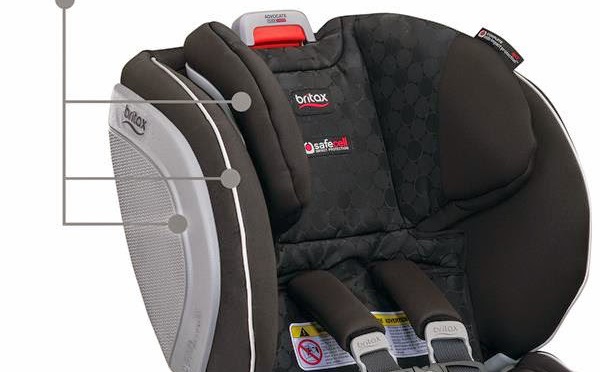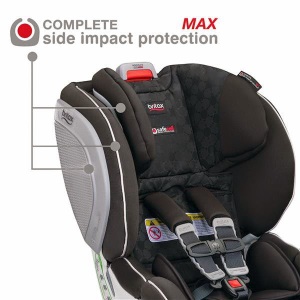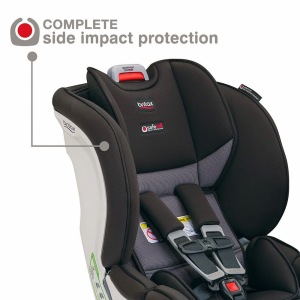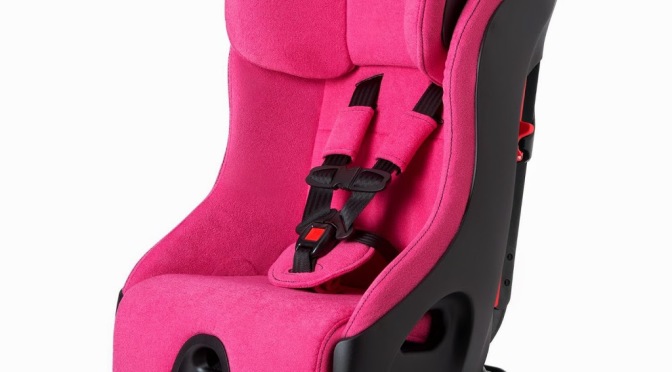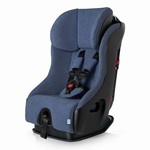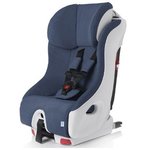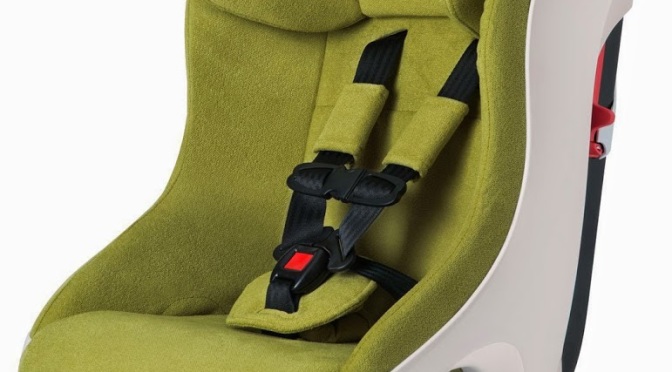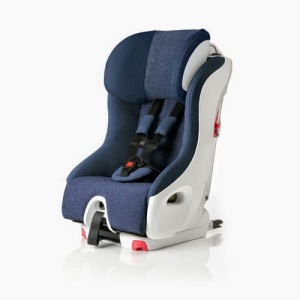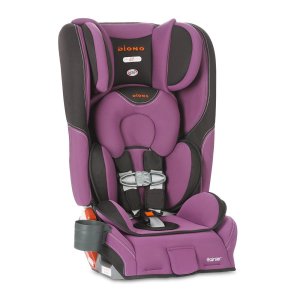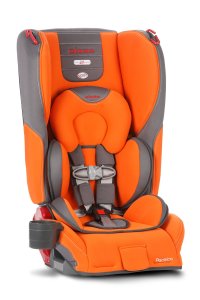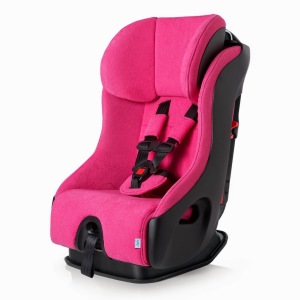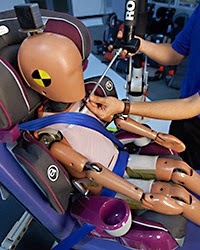 (Image courtesy of IIHS).
(Image courtesy of IIHS).
Many parents find the search for a booster that fits their children easier than ever these days, due to the improvements a number of manufacturers have put into the process of booster design and belt fit, per the Insurance Institute of Highway Safety. The IIHS releases a survey each year of booster models and fit, and their 2014 survey resulted in 27 models they deemed as “Best Bets.” Per the IIHS, these booster seats are the most likely to fit your children well. Essentially, they sit a 6 year old equivalent dummy in each car seat and examine the belt fit on the shoulder and thighs. From that assessment, they score each booster as “Best Bet,” “Good Bet,” “Check Fit,” or the dreaded “Not Recommended.”
As I’ve noted in many posts before on The Car Crash Detective, most parents don’t rear-face long enough, most parents don’t forward-face long enough, and most parents don’t booster long enough. Each of these steps is necessary to keep your child as safe as he or she can be while riding in a car. I typically recommend children stay in booster seats until they’re around 10 to 12, which is when most children are going to be ready to use the adult seat belt and seat. As a result, it’s important to have a good idea of which booster seats are likely to fit your kids until then.
How Do I Know My Child Is Ready To Stop Using a Booster?
Remember that the 5 Step Rule (also known as the 5 Step Test) is the quickest and most accurate way to see if your child is ready to leave the booster behind and use the adult seat belt.

1.) The shoulder belt should sit directly in the middle of the child’s shoulder.
2.) The lap belt should sit low on the child’s thighs.
3.) The child’s bottom should be located at the intersection of the lower and upper vehicle seats.
4.) The child’s knees should not bend until they are past the bottom seat’s edge, and the child’s feet should rest flat on the floor.
5.) The child should be able to sit in this position for as long as the vehicle is in motion without moving.
What Do The IIHS Booster Ratings Mean?
The “Best Bet” rating means the seat is likely to provide a good fit at the lap and shoulders for most 4 to 8 year olds in most vehicles. The “Good Bet” rating means the fit is likely to be acceptable in nearly as many vehicles as the fit would be for the “Best” rated seats. The “Check Fit” rating simply means you’ll need to check the fit in your vehicle. The “Not recommended” rating, per the IIHS, means the seats may not provide good belt fit.
What Are the Best Boosters, per the IIHS?
There were a lot of recommended booster seats; here are my favorites.
Best Bets
The Britax Frontier 90 – Review Here, Buy Here.
The Britax Pinnacle 90 – Review Here, Buy Here.
The Britax Pioneer 70 – Review Here, Buy Here.
The Graco 4Ever All-In-One – Review Here, Buy Here.
The Graco Argos 80 Elite – Review Here, Buy Here.
The Graco Milestone All-In-One – Review Here, Buy Here.
The Maxi-Cosi RodiFix – Review Here, Buy Here.
The Clek Oobr – Review Here, Buy Here.
The Britax Parkway SGL – Review Here, Buy Here.
The Evenflo Maestro – Review Here, Buy Here.
The Diono Radian RXT – Review Here, Buy Here.
The Diono Radian R120 – Review Here, Buy Here.
The Kiddy Cruiserfix Pro – Review Here, Buy Here.
Good Bets
Keep in mind that seats rated as “Good Bet” are just as good as the “Best Bet” boosters provided that they fit both your kids and vehicles well.
The Diono Rainier – Review Here, Buy Here.
Not Recommended
Seats that are listed as “Not Recommended,” per the IIHS, aren’t going to fit well in most situations. Personally, I don’t agree with the IIHS assessment (which happens now and again) regarding the Olympia and Pacifica, since they share nearly identical geometries with the Rainier. If I were looking for a booster seat, neither of these seats would be my first choice. See below for what I’d choose instead.
The Diono Pacifica – Review Here, Buy Here.
The Diono Olympia – Review Here, Buy Here.
What Should I Buy?
This is probably the most relevant question, IIHS recommendations aside. I personally would get a Frontier 90 or Pinnacle 90 if I wanted a booster seat, since either seat will give you more time for forward-facing or boostering than any other seat on this page.
If you find the information on car safety, recommended car seats, and car seat reviews on this car seat blog helpful, you can shop through this Amazon link for any purchases, car seat-related or not. Canadians can shop through this link for Canadian purchases.

